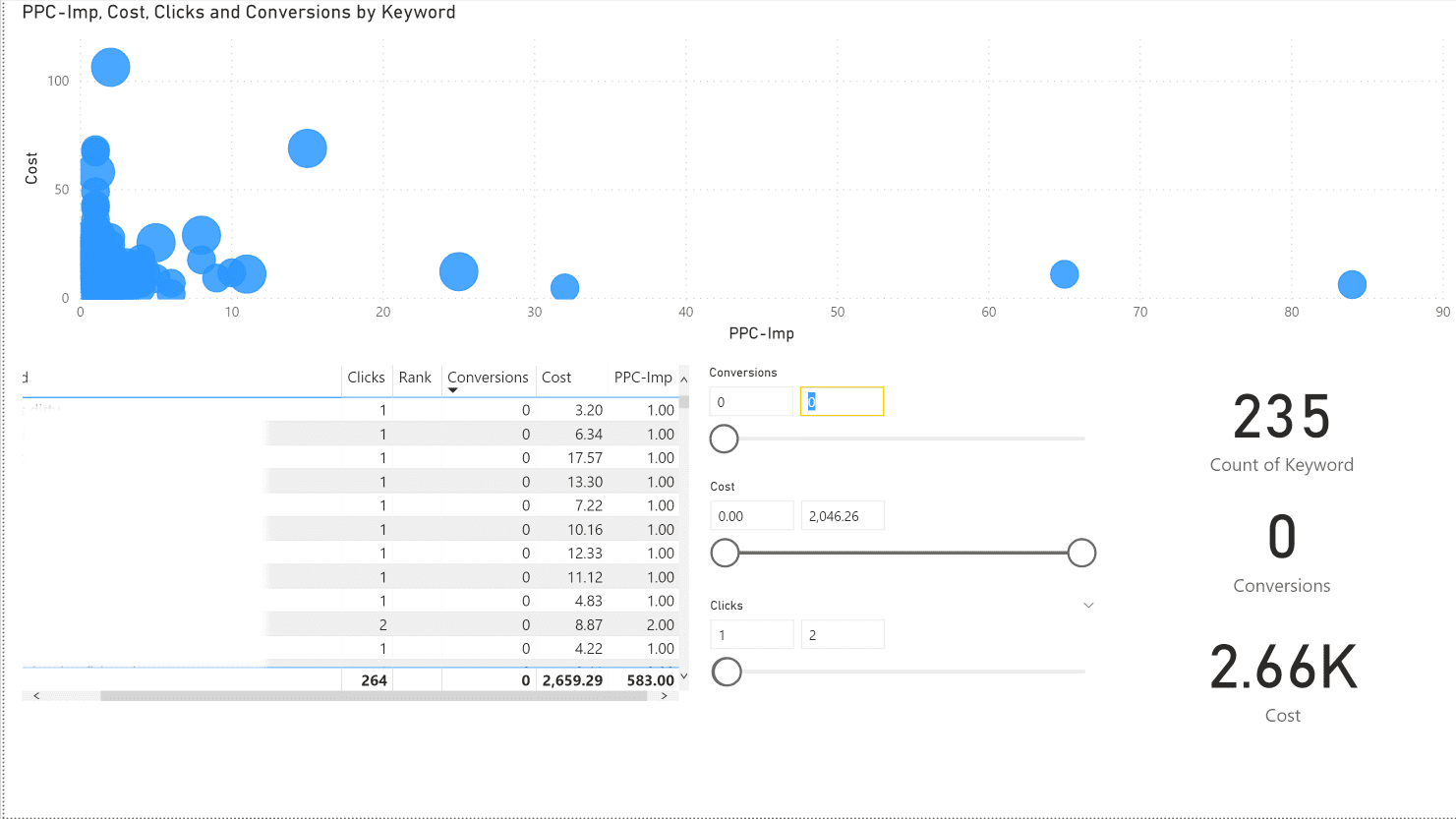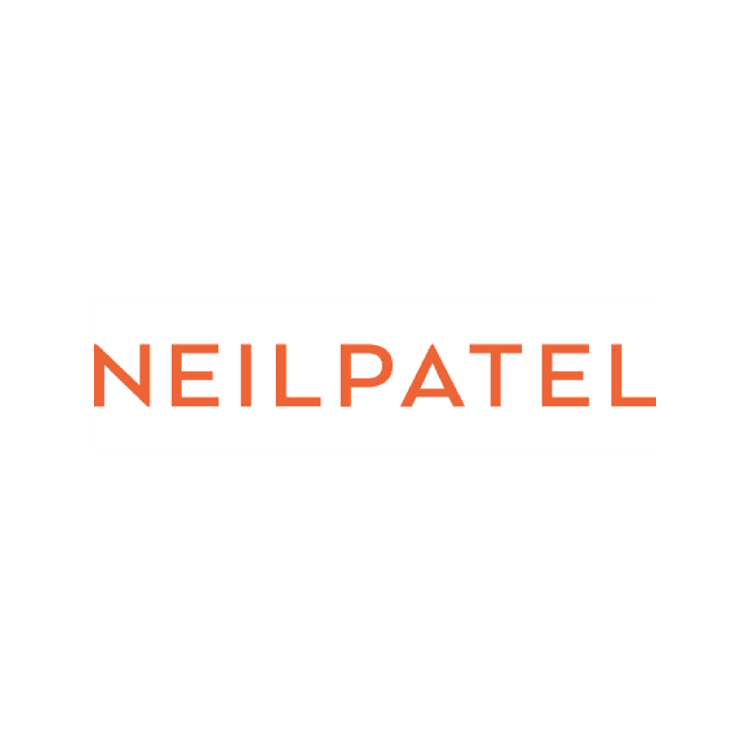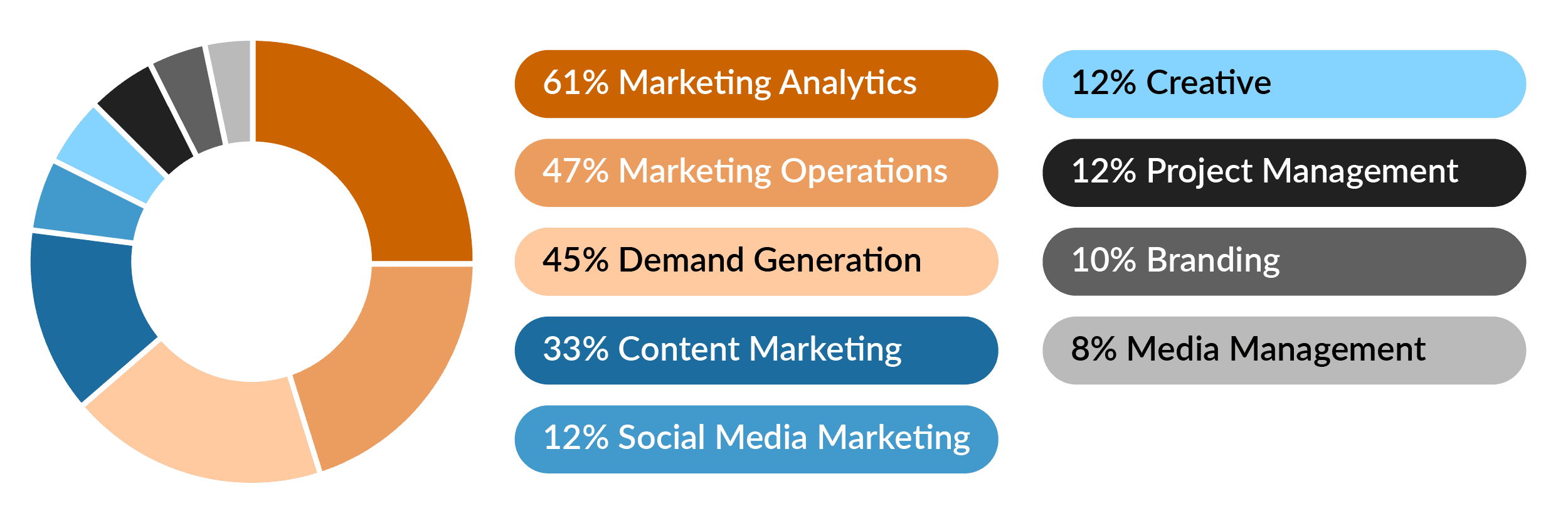Whether you’re looking to build a new marketing department that fits the scope of your small or medium-sized business, or want to supplement your existing marketing team with new talent, we’ve got a few recommendations. Here are some suggestions for strategic, smart ways to make that growth happen, using Spear Marketing’s research as a guide.
1. Adopt new hiring models
Remote Employees
While remote work wasn’t always the norm, the digital revolution has completely transformed the way we communicate and get work done. We are far more efficient with technology, as there are plenty of digital platforms available to make virtual communication just as effective as being in the office. In fact, Mercer’s 2018 Global Talent Trends study found that one in three employees feels more productive when working remotely. Not only that, but 51% of employees wish their company offered more flexible work options. The trends show that remote work is becoming today’s new normal, so don’t fight it! By embracing remote employees, you’re opening yourself up to a wider pool of talent (by the way, &Marketing is a fully virtual company, and we love it!).
Freelancers
Freelancers typically operate as their own business and are particularly beneficial for short-term assignments when there’s a hard stop on the project. Additionally, if a project is finished ahead of schedule or cut short due to budgetary constraints, a freelancer has the flexibility to move on and find work with another organization. On the flip side, if you hired a full-time employee for this role, you’d be obligated to pay their salary despite having limited work for them to complete. Not exactly the best bang for your buck!
Along with a fresh perspective, freelancers also bring with them their own benefits and devices. If you hire freelancers in a city with a lower cost of living, there’s also an opportunity for you to save money. By hiring them, you’re not only filling a void in your business, you’re doing your bottom line a favor.
Contractors
Some contractors function as freelancers, while others work through a third party or agency. Contractors tend to be different from freelancers, though. Typically, contractors will work for a single company for a long period of time, while freelancers tend to work for multiple companies at once.
Contractors are useful if there’s an immediate need for a very specialized skill-set, whether it be SEO, graphic design, web development, or copywriting. With a contractor, you wouldn’t need to spend the time training them, as they could hit the ground running right away. While contractors do tend to charge more hourly than your salaried employees would, you’ll save money on healthcare costs and other expenses that full-time employees incur.
2. Outsource technical marketing roles (even if you feel hesitant to do so)
Although some companies are hesitant to outsource technical help, Spear Marketing found that the challenges of hiring in-house talent are so high that these concerns will be ultimately outweighed by business priorities. Worth noting, too, is that according to the Consumer Technology Association’s Future of Work Survey conducted last year, flexible working is a key retention benefit for 86% of tech hires. By outsourcing support through a contractor, freelancer, or remote worker, chances are high that you’ll retain them, which saves you time, energy, and costs in the long run.
3. Supplement your existing team with skills you need but don’t have
In some cases, an organization lacks a marketing team altogether and has a need for just about every marketing skill-set, from content development, social media, and SEO, to graphic design, analytics, web development, and project management. In these instances, hiring an outside organization is much more effective than hiring several independent contractors. By hiring such a team, you get a group already familiar with working together, with its own processes to collaborate and drive results for you.
In other instances, a company may have one or two marketing employees, but need to supplement their team to broaden their skill-set.
At &Marketing, supplementing is our bread and butter. The “&” in &Marketing signifies a partnership. We cover everything from strategy, to storytelling, to business intelligence and analytics, to planning and execution, and we consider ourselves an extension of your team. It’s us & you!
Interested in learning about how &Marketing can help you solve this talent crunch and take your business to the next level? Drop us a line here and we’ll get in touch!





















Recent Comments